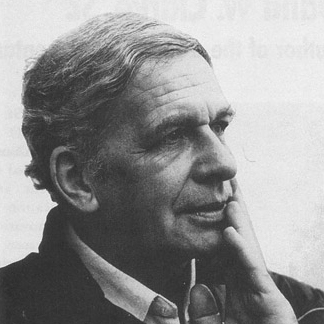


TRIZ is a problem solving methodology based on logic, data and research, not intuition. It draws on the past knowledge and ingenuity of many thousands of engineers to accelerate the project team's ability to solve problems creatively. As such, TRIZ brings repeatability, predictability, and reliability to the problem-solving process with its structured and algorithmic approach. It is defined by 40 Inventive Principles, working off the contradiction of 39 TRIZ Parameters, which form the basis of all invention.
Innovation practitioners can all benefit from one of the basic concepts of the Theory of Inventive Problem Solving (TRIZ). The father of TRIZ, Genrich Altshuller, deserves credit for the insight that at the heart of many problems is a contradiction, and that much of innovation involves finding ways to solve the contradiction. The most common kind of contradiction is a trade-off.
The method for resolving these contradictions is accessible to anybody. There are 40 solutions (or inventive principles) that are generally applicable to all of these problems. Two contradicting TRIZ parameters are selected , and the Contradiction Tool generates which of the 40 inventive principles to start with when looking for a solution.

The creator of TRIZ, Genrich Altshuller, was born in Russia in 1926, made his first invention at age 14, and was later educated as a mechanical engineer. At the time he started working on TRIZ, in 1946, he was employed in the patent department of the Soviet navy, assisting inventors in filing their patents. While there he became intrigued by the question of how an invention happens. Is it a matter of luck? The result of a mental “light bulb” turning on, as in the comics? Or can inventions be seen as the result of systematic patterns of inventive thinking?
Altshuller adopted an empirical approach to answering this question. He studied thousands of patents, looking for commonalities, repetitive patterns, and principles of inventive thought. As he found them he codified and documented them. His results, when eventually published, attracted many enthusiasts who continued and expanded the work over the years, reviewing what is now estimated to be more than two million patents worldwide. As a result of this work, hundreds of technical papers and many books on TRIZ have been published, including 14 books by Altshuller himself. A professional TRIZ society has been formed, courses have been developed, and an estimated 50,000 Soviet engineers have been trained in or exposed to the subject.